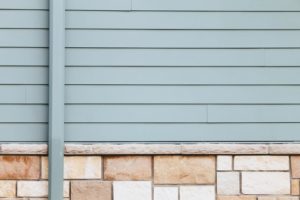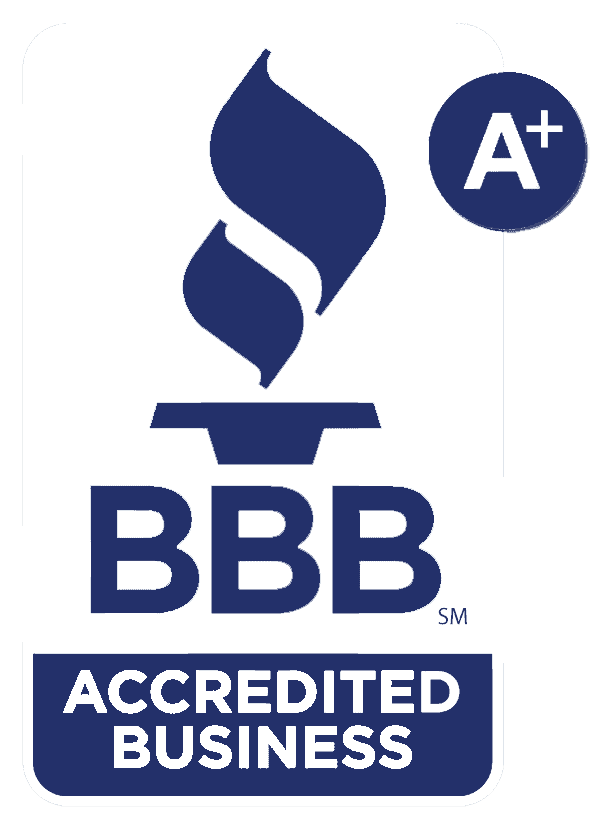Performing a Home Energy Audit
One of the best ways to analyze the efficiency of your home this winter is to conduct a home energy audit. While a professional energy audit can take time and money, Blue Springs Siding and Windows has a few other ways for you to get a quick pulse on your home’s energy efficiency.
1. Locate and Seal Air Leaks
According to ENERGY STAR, drafts can raise your energy bill by over 20%. Start by making a list of obvious drafts and air leaks around your home. Be sure to check for indoor leaks in gaps along the baseboard, or junctures of the walls and ceiling. Windows, doors, and electrical outlets can also be common points for leaks, and can be sealed off with caulk or flex seal.
2. Check Insulation
Heat loss through ceilings and walls can be a huge problem. Examine last month’s heating bill, and start with the roof. First, make sure attic hatches close tightly, and are heavily insulated and weather stripped. Other openings around pipes, ductwork, and chimneys should also be sealed tightly, and gaps should be addressed with an expanding foam caulk.
To check your wall’s insulation, turn off the circuit breaker, and test the outlets to make certain they’re not live. Next, remove the cover plate from an outlet and gently insert a thin, wooden stick. Any resistance you feel on the other end is insulation; the more resistance you feel, the more insulation there is. You can drill small holes in walls and behind appliances to check insulation levels there as well.
3. Optimize Appliances
The appliances and electronics you choose, and the way you use them, can heavily influence your energy bills. Estimate the energy consumption of your appliances by multiplying the device’s wattage by the number of hours you use it in a day. Unplugging an item when it is not in use, changing the settings to a lower output, or setting timers to turn devices off can also help reduce unnecessary energy consumption.
4. Examine Window Performance Ratings
Finally, be sure to check the energy performance ratings and product labels on your windows and doors. Finding the right window or door for your home can have a lot to do with SHGC, U Factor, and Visible Transmittance, but be sure to check for ratings like Air Leakage as well. Different performance ratings are ideal for different areas, weather patterns and homes, so finding the best performance ratings for your home can go a long way.
While all of these methods can help provide you with an accurate gauge of energy efficiency, and even help lower energy consumption, replacing your windows and doors, or calling in a professional can go a long way. If you’re interested in upgrading your home’s energy efficiency, give Blue Springs Siding and Windows a call today.







